| Sorted by date | |||
page051from Building IdeasAnd for everything – for every sort of instrument, living being, or act – doesn’t the question “Is it good, beautiful, or right?” come down to the use it is made for or naturally has?2
In the culture of Plato’s Greece this appreciation of organic form also inspired an artistic naturalism, particularly in the depiction of the human figure in painting and sculpture. The attempt to express the underlying perfection of the “universal” beneath the “particular” betrays the desire to improve on the “imperfect” versions of the ideal that nature produces. However, all this is directed towards the knowledge of the ideal forms, which only the intellect can ultimately apprehend, concealed as they are beneath the surface of the sensible world. Thus, art in Plato’s system is merel... more ...
|
|||
|
|||
|
|
|||
page050from Building Ideas
musical harmony is something only the
reasoning mind can eventually come to appreciate. The goal for philosophy,
according to Plato, was to see beyond all earthly distractions, to leave behind
the realm of the senses and to contemplate the unchanging universals. In Book
VII of The Republic, in the allegory of the cave, Plato constructs an elaborate
illustration of this intellectual journey of the philosopher, from the “shadow
world” of appearances to the reality and light of true knowledge. Like Hegel’s
later idealism which builds on similar philosophical assumptions, Plato also
has little time for the contribution of the individual artist. He would, as he
describes in the final book of The Republic, have banished all poets from his
idea... more ...
|
|||
|
|||
|
|
|||
page049from Building Ideas
cumulative model of the dominant positivist conception. What Kuhn’s description clearly highlights is the importance of the individual who, in the free exercise of their will, can see beyond the dominant paradigm. It is only by questioning received wisdom and the assumptions of tradition that significant breakthroughs have been made which have allowed the expansion of scientific knowledge. While this model borrows from the world of art the idea of changes to our ways of seeing, it also relies on the artist’s critical instinct as a means to challenge accept norms. This notion of the artist as a critic who steps outside the dominant paradigm had also persisted in architecture, as suggested in Chapter 1. To understand the influence of this view of th... more ...
|
|||
|
|
|||
|
|
|||
page048from Building Ideasprogression of human knowledge. Likewise, what later became known as “positivism” in both the physical and social sciences –thanks to the French philosopher Auguste Comte – claimed that progress was a steady and linear development involving the gradual accumulation of experimental data that would eventually account for all phenomena within a single unified system. The book that has recently attacked this notion of science and helped restore the case for art as an alternative “language”, or means of describing the world, is The Structure of Scientific Revolutions. First published in 1962, and written by Thomas Kuhn, a professor of philosophy at Massachusetts Institute of Technology(M.I.T), the book describes clearly the growth of scientific knowledge, punctuated as it is by periodi... more ...
|
|||
|
|
|||
page047from Building Ideas2
Architecture as Art
Aesthetics in Philosophy
The philosophy of history set out in Chapter 1 produced a powerful myth of progress that caused a rift in the culture of architecture. From the view that science will eventually explain all natural phenomena, and new technologies will evolve to cater for all our needs, came the reduction of the design of buildings to a sub-branch of engineering – controlled not by individuals but by economic and physical forces. This deterministic view of architecture, which submits design to a “scientific” methodology was part of a general search for certain... more ...
|
|||
|
|
 ... ...
... ... ... ...
... ... ... ...
... ...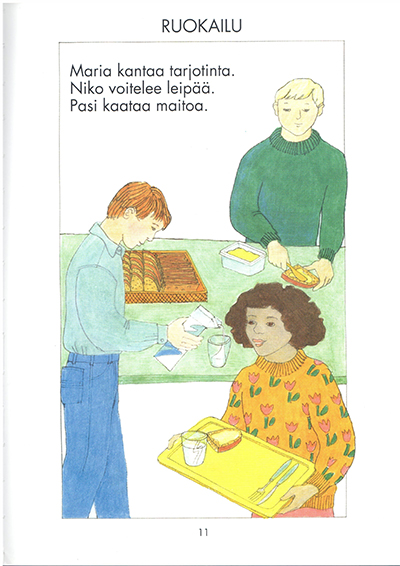 ... ...
... ... ... ...
... ... ... ...
... ... ... ...
... ... ... ...
... ... ... ...
... ...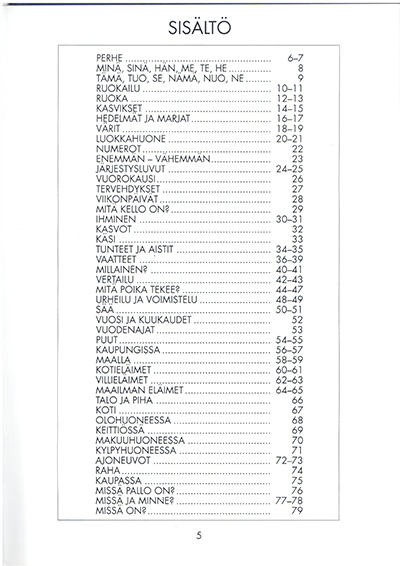 ... ...
... ... ... ...
... ...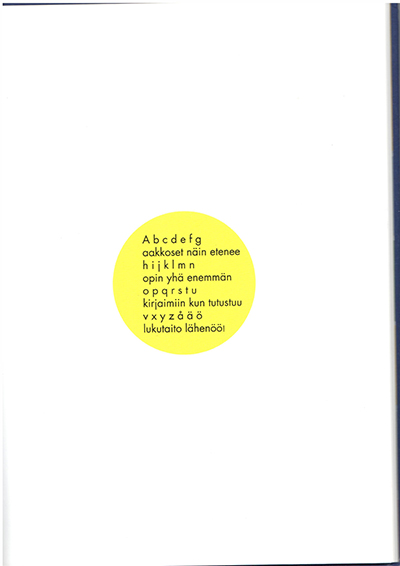 ... ...
... ...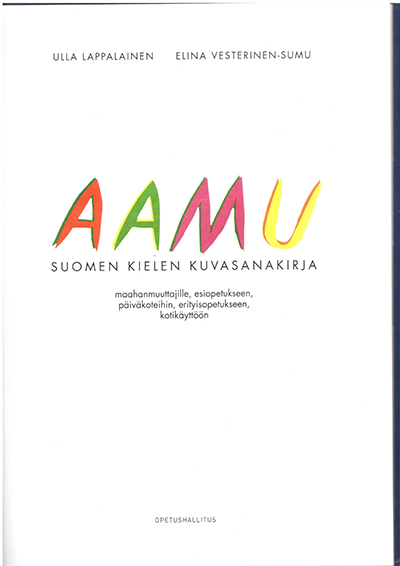 ... ...
... ...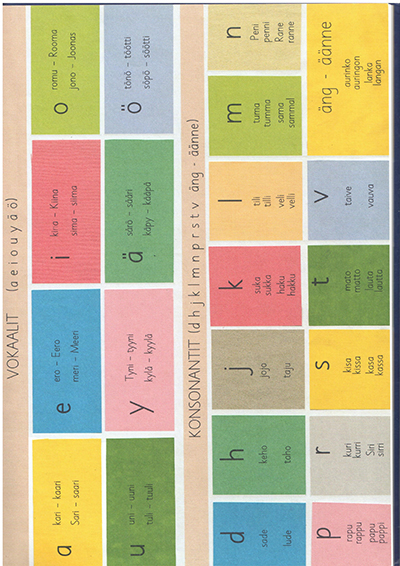 ... ...
... ...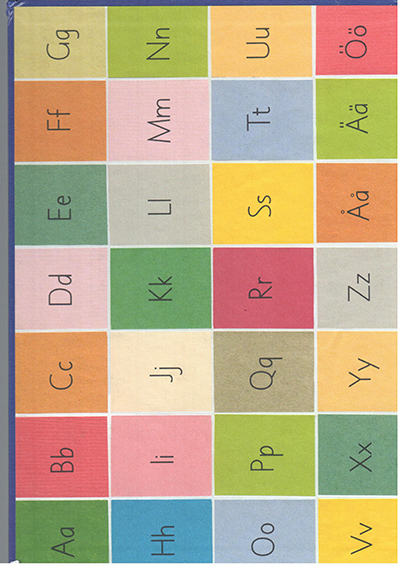 ... ...
... ...